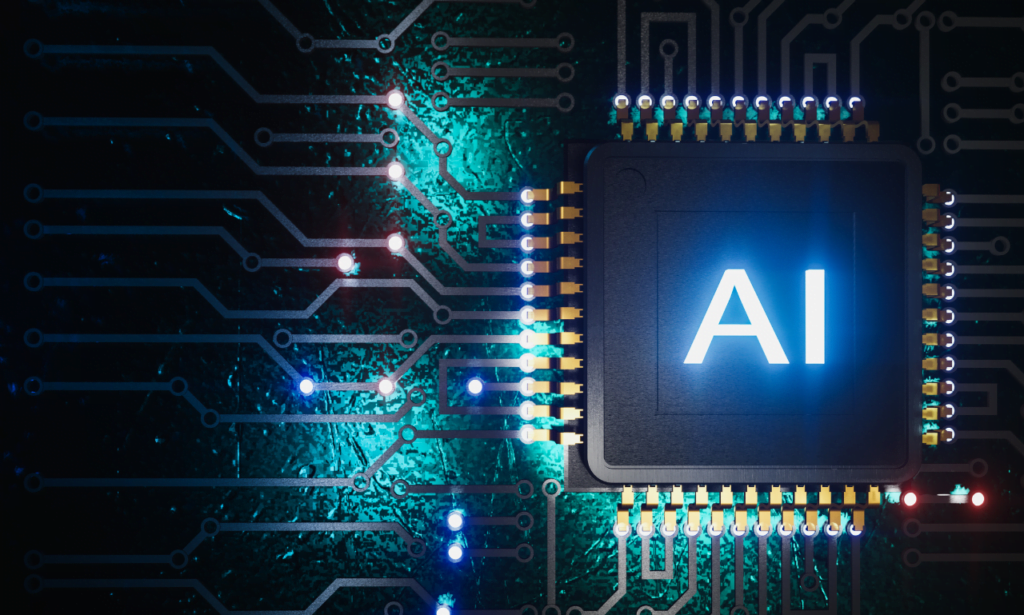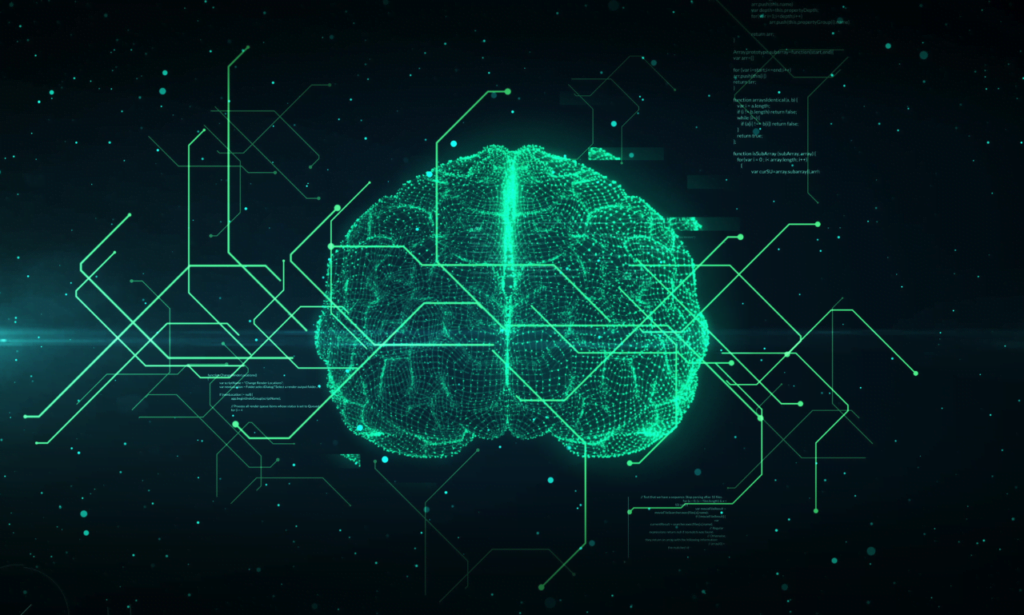Introduction
Artificial intelligence (AI) is rapidly transforming various industries, and graphic design is no exception. The integration of AI in graphic design is revolutionizing the way designers work, offering new tools and possibilities that enhance creativity, efficiency, and innovation. This blog explores how AI is changing the landscape of graphic design and what these changes mean for designers.
AI-Powered Design Tools
Automated Design Generation
AI-powered tools can automatically generate design elements, layouts, and even complete designs based on predefined parameters and user inputs. Platforms like Adobe Sensei and Canva’s Magic Resize use AI to create multiple design variations, saving time and effort for designers.
Smart Design Assistants
AI-driven design assistants, such as Adobe’s AI toolset, can analyze existing designs and provide suggestions for improvements. These tools can recommend color schemes, fonts, and layout adjustments, helping designers achieve better results more quickly.

Enhancing Creativity and Innovation
AI as a Creative Partner
Rather than replacing human creativity, AI serves as a creative partner. Tools like DeepArt and Runway ML allow designers to experiment with different styles and techniques by leveraging AI algorithms. These tools can generate unique artistic styles and effects that would be time-consuming or difficult to create manually.
Expanding Design Possibilities
AI enables designers to explore new creative possibilities. For instance, Generative Adversarial Networks (GANs) can create realistic images and textures from scratch. This technology allows designers to push the boundaries of what is possible in digital art and design.

Improving Efficiency and Productivity
Automating Repetitive Tasks
AI can automate repetitive and mundane tasks, freeing up designers to focus on more complex and creative aspects of their work. For example, AI tools can handle tasks like image cropping, background removal, and color correction with precision and speed.
Streamlining Workflow
AI-powered project management tools can streamline the design process by managing tasks, deadlines, and collaboration. Tools like Trello and Asana use AI to optimize workflow, ensuring that projects stay on track and are completed efficiently.

Personalized and Data-Driven Design
Customization at Scale
AI enables personalized design experiences at scale. By analyzing user data, AI can create customized designs tailored to individual preferences and behaviors. This capability is particularly valuable in fields like marketing and advertising, where personalized content can significantly enhance engagement.
Data-Driven Insights
AI can analyze vast amounts of data to provide insights into design trends and user preferences. Tools like Google Analytics and Hotjar use AI to interpret user behavior, helping designers make data-driven decisions that improve the effectiveness of their designs.

Challenges and Considerations
Ethical Concerns
The use of AI in graphic design raises ethical questions around originality and authorship. As AI-generated designs become more prevalent, it’s important to consider who owns the rights to these creations and how credit should be attributed.
Job Displacement Fears
There are concerns that AI could lead to job displacement in the design industry. However, many experts believe that AI will augment rather than replace human designers, providing new tools that enhance their capabilities and open up new opportunities.
Learning Curve
Adopting AI tools requires a learning curve. Designers must invest time in learning how to use these tools effectively, which can be challenging but ultimately rewarding as it expands their skill set.

Conclusion
The impact of AI on graphic design is profound and multifaceted. AI is transforming the way designers work, enhancing creativity, improving efficiency, and enabling personalized design experiences. While there are challenges and ethical considerations to address, the integration of AI in graphic design offers exciting possibilities for the future. As AI continues to evolve, it will undoubtedly play an increasingly significant role in shaping the landscape of graphic design, providing designers with powerful tools to create innovative and impactful designs.